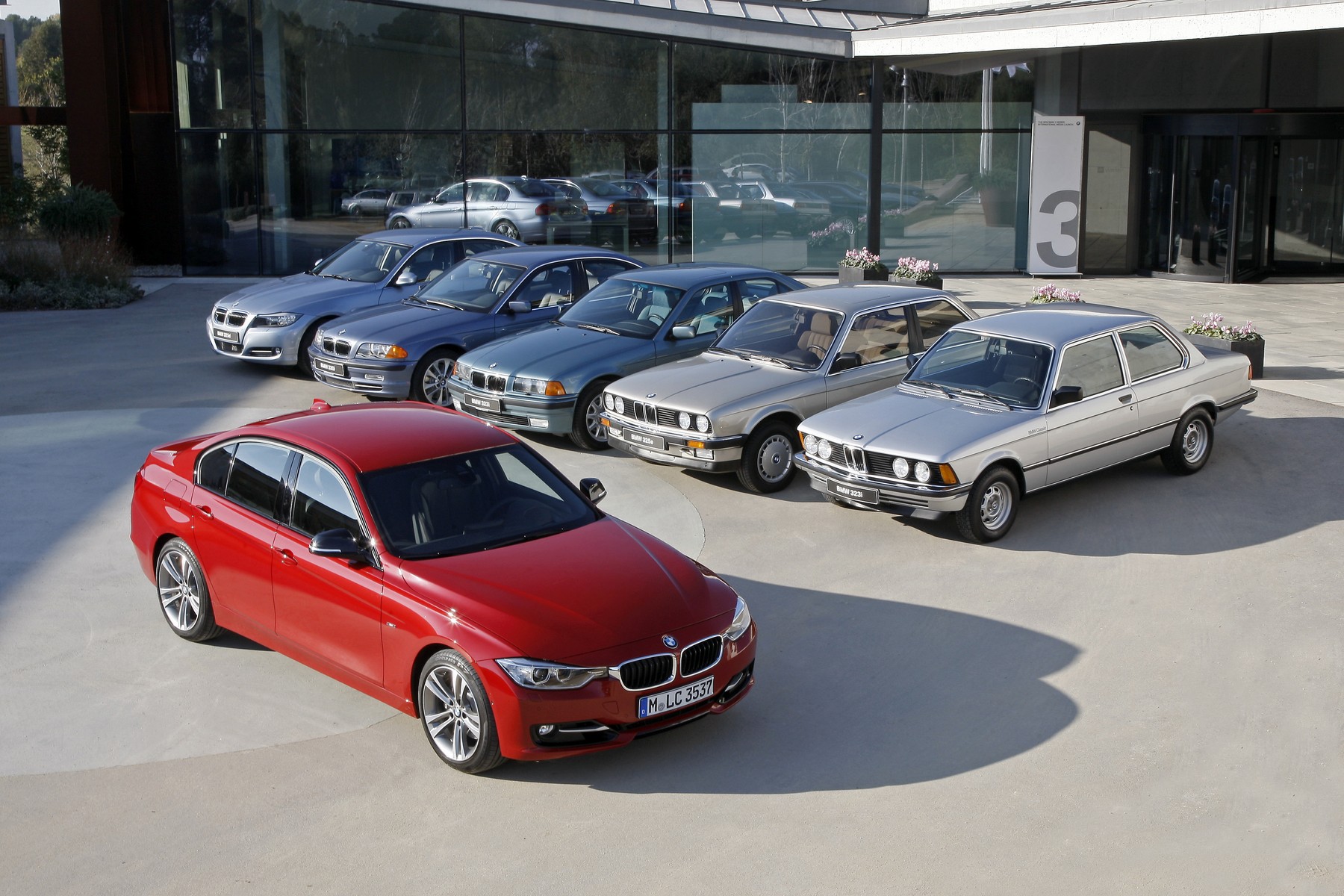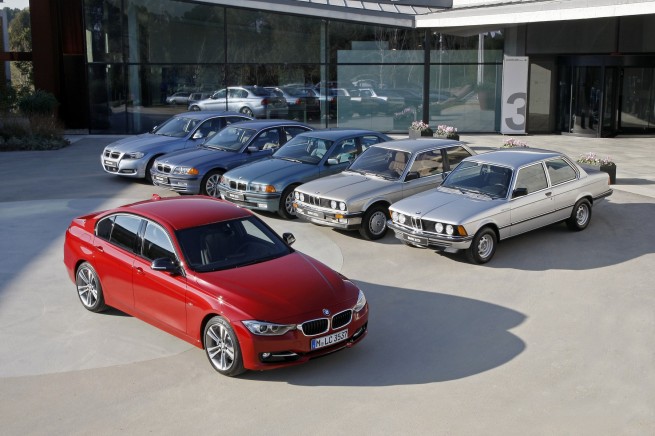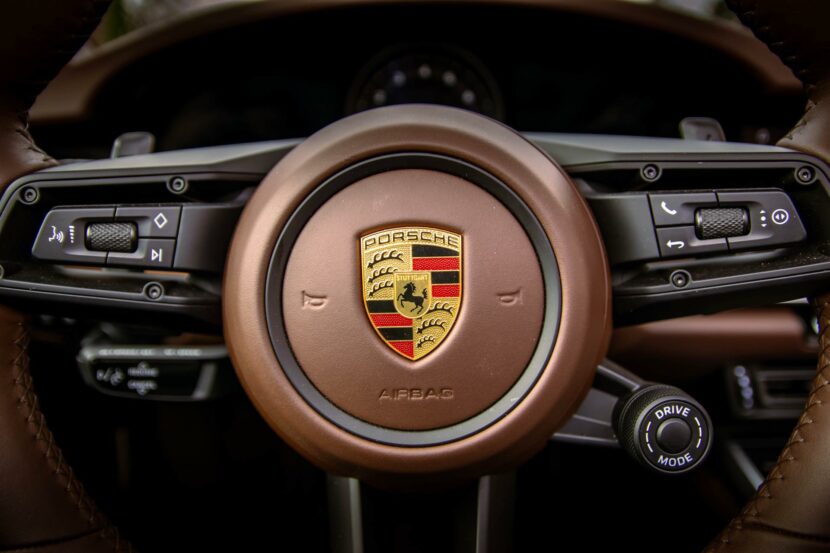Rowing Gears is a new column that will offer in-depth articles and analysis of the BMW brand by the BMWBLOG editor Andrew Murphy. Recently, while as a group the BMWBLOG team was mulling over the design of the 3 Series – *ahem* – 4 Series we found a moment of pause. During the discussion, Chuck Vossler brought up a hilarious yet poignant quote from Todd Lassa of Automobile Magazine in reference to the accompanying press release with the teaser shots of the 4er:
“BMW’s self-description of the 4 Series reads like a Biblical chapter describing the second coming of the 2002, though with that car’s Teutonic flavor replaced with tasteful dollops of satin finish chrome, and with leather from the world’s most supple cows.”
More than anything, the statement made us laugh – but it does point to a bone to pick with both car manufacturers and car enthusiasts alike. I’m guilty of this too but the complaint that all car companies’ halcyon days are behind them in terms of building “drivers” cars still exists. Many manufacturers reinforce this mindset by wheeling out the previous iterations of the model next to a new car with a “wink wink nudge nudge – know what I mean!” to highlight not so obvious similarities. That – or trying to force a tangible connection between cars that ought not have one.
Upon my arrival at Laguna Seca Raceway this past spring, I was greeted by a line up of one of every BMW 3 Series ever built: E21 all the way up through the E90. It’s a cool statement to see the whole of the 3 Series legacy lined up at once – do I really think there’s a tangible link between an 2013 F30 328i and a 1983 E21 320i? Of course not, nor is there really one between the Holy Grail that is the E30 3 Series and F30 3 Series. After 30 years I would hope there’s some progress made to move the 3 Series forward(or any car model for that matter).
It’s a bit ironic that the week before my arrival in picturesque Monterey, I spent a good bit of seat time at M School thrashing the twin snails of the littlest M car: the 1 Series M Coupe – heretofore referred to as the 1M. Unequivocally the 1M is my favorite BMW, new or old, I’ve driven. From the punchy engine to the short-yet-swingable rear-end – the car is one of the most fun coupes available under the $100k mark – assuming you can find one. However, when the 1M was launched in 2011 – there was heavy emphasis on a comparison of the 1M to the E30 M3.
My question is: Why?
I understand the importance of linking both past to present in order to maintain a cohesive message across a product line that’s constantly evolving. BMW certainly does not stand alone as a manufacturer who expends a great deal of time and money to keep that link alive and arguably BMW’s core enthusiasts are some of the most vocal and outspoken when it comes to models of yesteryear and “what’s missing in new BMWs.” Believe me, I know because at times I’ve been one of those outspoken car nuts. However, in the case of the E30 M3 and the 1M is trying to compare a 4 cylinder homologation special from 1988 to a 2011 turbocharged inline-six powered parts bin car really a legitimate comparison? Perhaps not – but that shouldn’t detract from either car as both are highly regarded for their respective times and for good reason.
Brands like Hyundai are just now establishing themselves with cars like the Genesis or Veloster while Toyota is re-establishing itself as a purveyor of performance cars with the simple, humble but lovable GT86 throwback. Hyundai especially is breaking new ground in terms of appealing to new segments but a lack of heritage in performance cars isn’t and shouldn’t detract from their ability to build impressive cars. Would we have anything revolutionary if we refused to buy new products from a car maker?
To the point, are enthusiasts setting their expectations so high that car manufacturers must try to demonstrate that “yes, we’ve completely redone this car – but not so much that it’s very different from the last car.” Or do manufacturers just perceive that expectation from the general car buying public? Either way, the forced effort to draw connections between future and past models seems to occasionally brush aside mind-bending technological advancements achieved in the span of a few short decades as if that’s ancillary to some prede natural engineering discipline that’s kept the DNA of the car nearly identical generation after generation…except for when they changed the tire sizes, track of the car, suspension, engine specs, etc…
I write this knowing full well that it’s hypocritical as a car enthusiast that I essentially pushed ethereal motors like E30 M3 or 2002 to the side in lieu of the latest turbocharged offerings from BMW. However, surely other enthusiasts see the fact that BMW would cease to exist if it continued to only build the 2002tii and 3.0CSi while Audi and Mercedes-Benz are fine-tuning their navigation screens, iPhone integration and onboard apps. Having recently driven an early 1970’s Ferrari 365 Boxer Berlinetta – I can assure you Ferrari wouldn’t be producing the F150 hypercar if they hadn’t moved beyond their first mid-engine efforts. They’d be defunct and Fernando Alonso would be vying for a ride with a soft drink company!
Where is the line drawn then? In 20 years time when the 2002 is pushing 70 years old – will press releases and photo shoots still allude to the Neue Klasse or the E24 6 Series, E46 3 Series? I certainly hope not. But is this a matter of the enthusiast contingent needing to adapt to a world of stricter emissions and safety standards pushed on manufacturers or do the manufacturers need to cut the cord of history a bit and let go of the past while showing us the way of the future?






































































